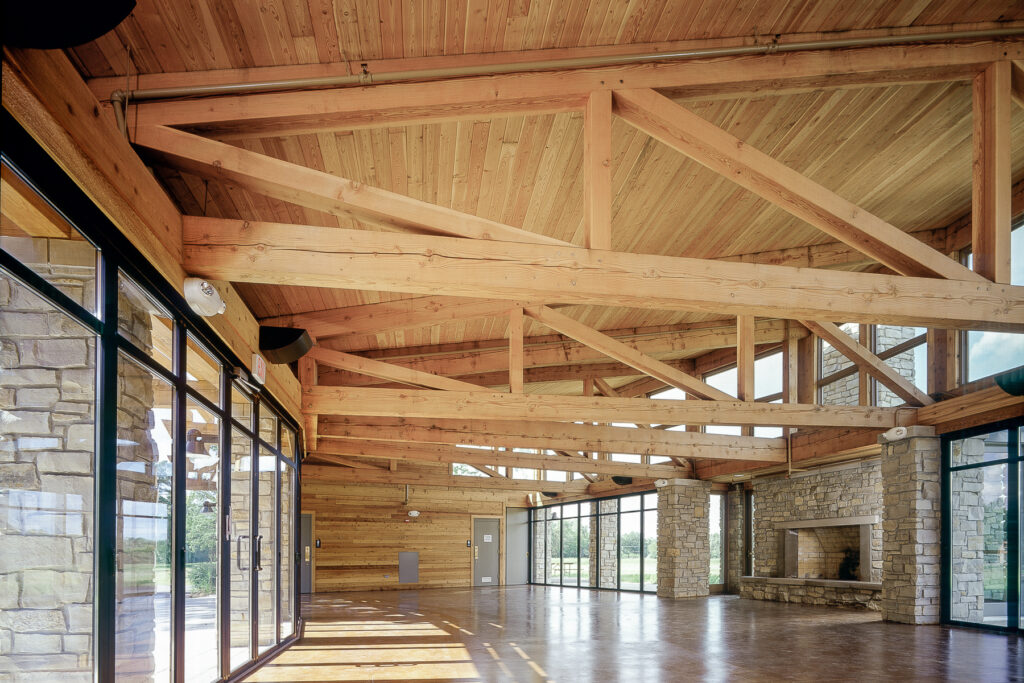
The lumber industry is defined as an economic sector concerned with the forestry, logging, timber trade, and the production of forest products that include timber/lumber. There are many factors that affect the prices of lumber. Competition, inflation, decrease or increase in house production, weather and natural disasters, distance and availability all contribute to the lumber market’s fluctuations. Studying the trends in order to predict beneficial movements and lock prices at critical market lows is part of being a good framer and looking out for our client’s best interest.
The fluctuation in timber prices is related to numerous factors including mill competition, distance between harvest to mill, availability of certain types of timbers based on regions, and supply and demand. Ultimately the mill sets the price based on these factors and their competition. When there is more competition due to various factors, the price goes up. When there is less competition the price goes down.

